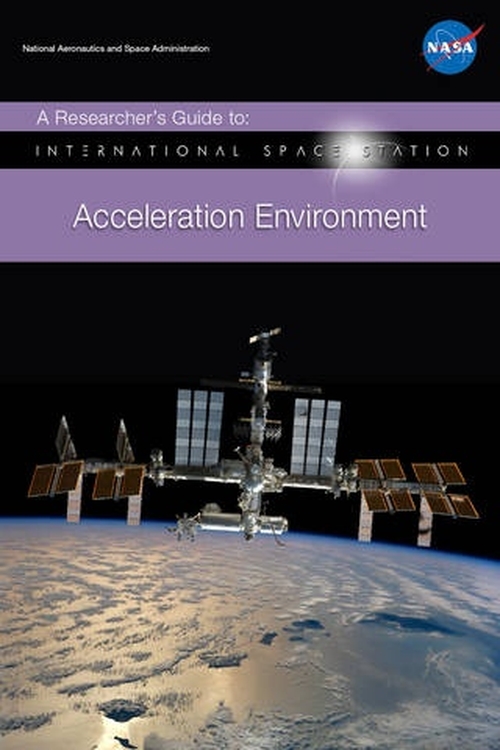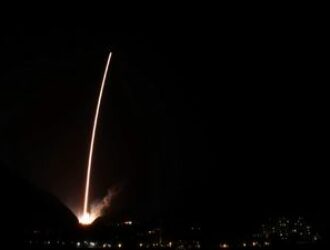
Full Speed AheadThe International Space Station (ISS) has a mass of over 900,000 pounds (400,000 kg), but it’s nearly weightless! This near weightlessness is due to its continuous state of free-fall around the Earth not considering a small amount of atmospheric drag. An accounting of precisely how weightless comes by virtue of the Microgravity Acceleration Measurement System (MAMS) which monitors the quasi-steady acceleration environment 24 hours a day, 7 days a week. The ISS offers a microgravity research platform for those who need to leverage its unique environment. The space station is over 350 feet (109 m) wide and has 3 separate, main laboratory modules, each roughly the size of a school bus. Each laboratory has a multitude of equipment, some related to science operations and some related to life-support. Centrifuges, fans, pumps, compressors, structural bending, etc. all contribute to tiny vibrations over a wide range of frequencies that are monitored continuously by sensors distributed in locations designated for support by the Space Acceleration Measurement System (SAMS). These SAMS measurements along with those from MAMS give researchers, technology developers, and structural analysts the information they need to do their work, whether it is principal investigators studying fluid or combustion behavior in microgravity, or analysts tracking the structural integrity of the ISS


